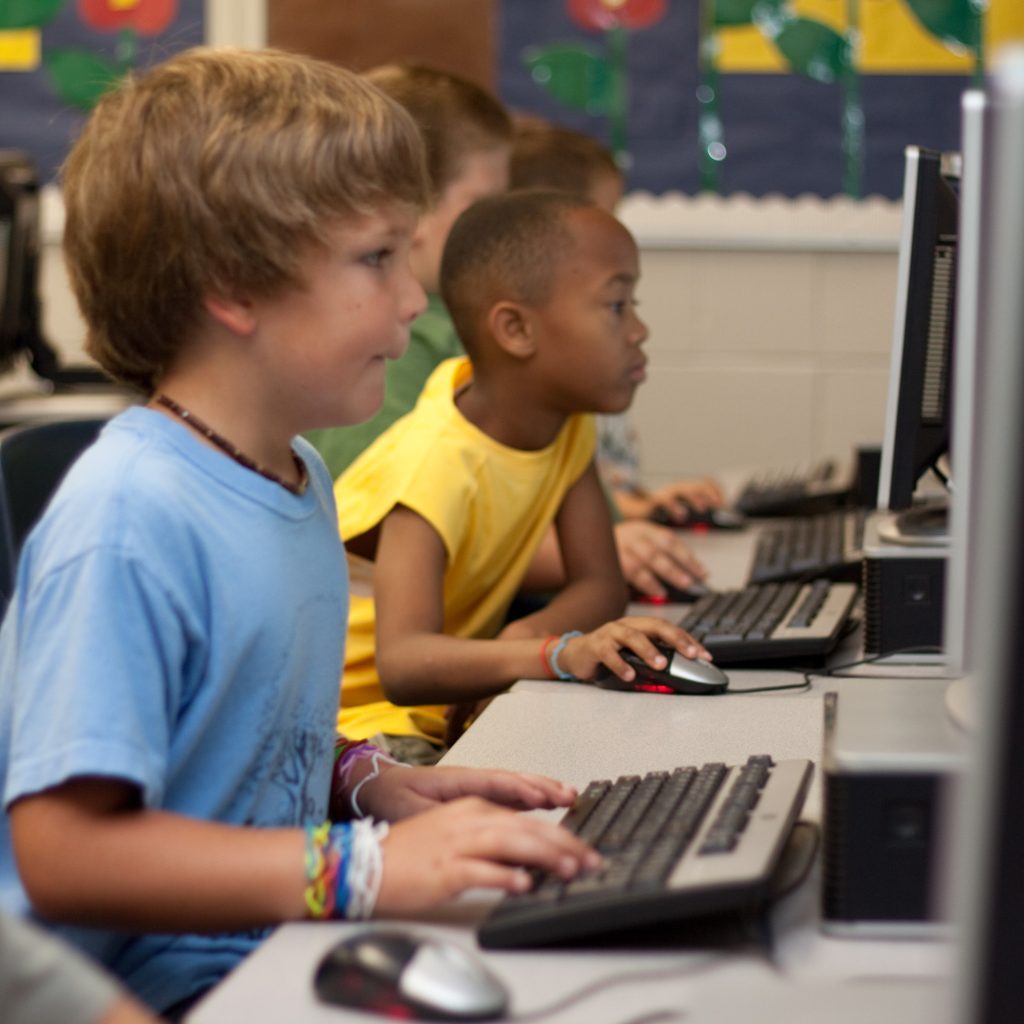Contents
- 1 Let’s Talk About Sex: Why School Sex Ed Matters
- 1.1 Getting to the Bottom of the Pros & Cons of Sex Ed
- 1.2 More Than Just Heterosexuality: LGBTQ+ Inclusive Sex Ed
- 1.3 Pregnancy Prevention: The Importance of Contraception
- 1.4 STIs & Safe Sex: Protecting Your Health
- 1.5 Navigating Social Media & Porn: The Digital Age of Sex Ed
- 1.6 Moving Forward: Creating a Comprehensive Sex Ed Curriculum
- 2 Let’s Talk About Sex, Baby!
Let’s Talk About Sex: Why School Sex Ed Matters
Sex education in and by schools is a controversial topic. While some argue that parents have the exclusive responsibility (and right) to educate their children on sex, others believe that schools should also contribute to this vital education.
Regardless of personal opinions, the fact remains that sex education is crucial for students to make informed decisions about their bodies, relationships, and health.
In this post, we’ll explore the pros and cons of school sex ed, the importance of age-appropriate timing, and the various topics that should be covered in a comprehensive curriculum.

Getting to the Bottom of the Pros & Cons of Sex Ed
One of the biggest pros of school sex ed is that it provides a safe and inclusive space for students to learn about sex. Teachers can dispel harmful myths and stereotypes, and students can ask questions without fear of judgment.
Additionally, students who receive sex education are more likely to make informed decisions about their sexual health, leading to lower rates of STIs and unplanned pregnancies.
On the flip side, opponents of school sex ed argue that it goes against traditional values and encourages promiscuity. They also believe that such education is inappropriate for younger students and should be left to parents.
However, studies have shown that abstinence-only education has little effect on delaying sexual activity, and the lack of comprehensive sex education can lead to misinformation and risky behaviour.
Sex Ed Avoidance
Unfortunately, there are still some parents who find it difficult and, in extreme cases, impossible to educate their children about their bodies. This may be for cultural reasons or it could be that the parents and child have a strained relationship.
There is also the risk that a parent who has only had challenging and/or unsatisfactory sexual experiences will impart a biased – and potentially damaging – view about the subject.
As discussed above, the classroom is a non-threatening, open environment. There will be children who ask questions while others will ‘sit on their hands’. But even the latter group learn about their bodies, how they function, what are appropriate behaviours and gender inclusiveness during these classes.
Timing is Everything: Age-Appropriate Sex Ed
The timing of sex education is crucial to its effectiveness so it’s important to start at the right time. Starting sex education too early can be confusing and overwhelming for younger children. Children at a very young age may not be able to fully understand the concept of sex which may cause them unnecessary anxiety and confusion.

However, it is important to start the conversation about sex education early on, as early knowledge about sexual health can be a powerful prevention tool for future issues. Experts recommend starting sex education in elementary school, with simple topics such as body parts and boundaries.
These topics can be introduced in a safe and age-appropriate way, without causing unnecessary stress or discomfort. Children should be taught about their own bodies and should be made aware of the different body parts.
They should also be taught about the importance of boundaries, what is acceptable and what is not and how to respect other people’s boundaries.
As students grow older, more complex topics such as contraception, consent and healthy relationships can be introduced.
It’s especially important to teach young people about contraception, as unplanned pregnancies and sexually transmitted infections are a prevalent issue. Both can have a devasting impact on a young person’s future!
The Birds & the Bees: Breaking Down the Basics
Basic biology is an essential component of sex ed. Students should learn about the reproductive system, menstruation, and ejaculation.
They should also be taught about gender identity and sexual orientation and that everyone has the right to express themselves and their sexuality in safe and consensual ways.
Consent is Key: Teaching Students About Boundaries
Consent education is critical in today’s society. Students should learn what it means to give and receive consent and that it is essential to respect others’ boundaries. Consent should be taught in the context of both sexual and non-sexual situations, such as touching, hugging and personal space.
More Than Just Heterosexuality: LGBTQ+ Inclusive Sex Ed
Sex education should be inclusive of all sexual orientations and gender identities. LGBTQ+ students often feel excluded in traditional sex ed classes, leading to feelings of shame and isolation. By including LGBTQ+ topics, teachers can create a safe and welcoming environment for all students.
Pregnancy Prevention: The Importance of Contraception
According to research conducted by the Australian Institute of Family Studies, by the age of 16–17, around two thirds of teenagers have had a romantic relationship and around one-third have had sexual intercourse. One in five of those who had engaged in intercourse had done nothing to protect themselves against STIs or pregnancy!
Contraception education is an essential aspect of reproductive health. It is vital to prevent unplanned pregnancies and to promote safe sex practices. While many schools shy away from discussing contraception yet, it’s vital that students learn about different types of birth control, their usage, and their effectiveness rates.
As mentioned above, an unplanned pregnancy can have a negative impact that lasts a lifetime.
Birth Control Education
Comprehensive birth control education involves not only teaching about traditional birth control methods like condoms and oral contraceptives but also delving into more contemporary forms of contraception such as intrauterine devices (IUDs), implants, and injections.

It’s crucial to inform students about the different options available to them and to help them make choices that suit their lifestyles and preferences. Apart from discussing the various birth control options, it is equally essential to educate students about emergency contraception.
Many students are unaware of the morning-after pill or other emergency contraceptives available to them. Knowing about these options can help them make informed decisions in the event of unplanned sexual activity.
STIs & Safe Sex: Protecting Your Health
STI education is essential in protecting students’ sexual health. Students should learn about common STIs, including symptoms, treatment, and prevention. They should also be taught about safe sex practices, such as using condoms and getting tested regularly if they are sexually active – especially if that activity involves multiple partners.
Navigating Social Media & Porn: The Digital Age of Sex Ed
In today’s digital age, the internet and social media have made the world an incredibly connected and accessible place. With just a few clicks, we can find an abundance of information on any topic we desire, including sex and relationships.
However, with this convenience also comes a plethora of inaccurate and misleading information that can be harmful, particularly for young minds. Therefore, it is important for students to learn how to navigate the internet safely and responsibly, and how to differentiate between accurate information and myths.
Potential Risks Associated with Pornography
One of the primary concerns with accessing sexual content online is the potential risks associated with pornography. While pornography may seem like a harmless pastime, it can have a significant impact on an individual’s views of sex and relationships.
Studies have shown that exposure to pornography is linked to a range of negative outcomes, including a reduced ability to form healthy relationships, distorted perceptions of sexual norms and an increased risk of engaging in risky sexual behaviours.
This all adds to the argument that students should be educated on the potential risks of using pornography and how it can impact their overall well-being. In addition to its impact on relationships, pornography can also have significant effects on mental health, leading to issues such as porn addiction, anxiety, and depression.
Internet Safety and Sex Ed…
By teaching students how to critically evaluate the content they come across online and encouraging them to seek out accurate and reliable sources of information, we can help them make informed decisions about their sexual health and well-being.

Moreover, it’s important to understand that the internet is not always a safe space, especially for young people. There are many dangers that students can encounter online, such as cyberbullying, online harassment, and sexual exploitation.
By teaching students how to navigate the internet safely and responsibly, we can help them avoid potentially harmful situations and stay protected.
Parental Involvement
Parental involvement in sex education varies by state and school district. While some parents may prefer to be the primary source of sex education for their children, others welcome a comprehensive curriculum. Ultimately, it is essential to have open communication between parents and teachers to ensure that students receive the education that best suits their needs.
The Debate Continues: The Future of Sex Ed in Schools
The debate over sex education in schools is likely to continue for years to come. However, as society becomes more accepting and inclusive, it is crucial that sex ed evolves to reflect these changes.
A comprehensive curriculum that explains safe and consensual sexual practices, inclusive of all genders and orientations, is the best way to ensure that students have the knowledge and skills they need to make informed decisions about their bodies and relationships.
Moving Forward: Creating a Comprehensive Sex Ed Curriculum
Creating a comprehensive sex ed curriculum requires collaboration between educators, parents, and students. It should include age-appropriate topics, inclusive of all genders and orientations, and be taught in a safe and supportive environment.
By providing students with accurate information and promoting healthy sexual practices, we can empower them to make informed decisions about their bodies and lead happy, healthy lives.
Let’s Talk About Sex, Baby!
Sex education may be a controversial topic, but there is no denying its importance in promoting healthy sexual practices and preventing STIs and unplanned pregnancies. By providing students with comprehensive and inclusive education, we can create a safe and supportive environment for dialogue that promotes healthy relationships and positive body image.
So let’s talk about sex, baby, and give our students the education they need to make informed decisions about their bodies and their futures.
What do you think? Is sex ed a school subject or should it only be addressed in the home?






